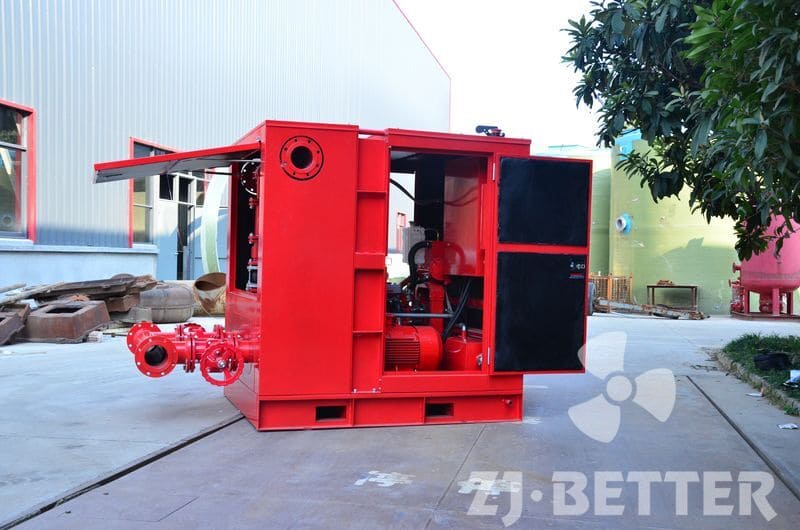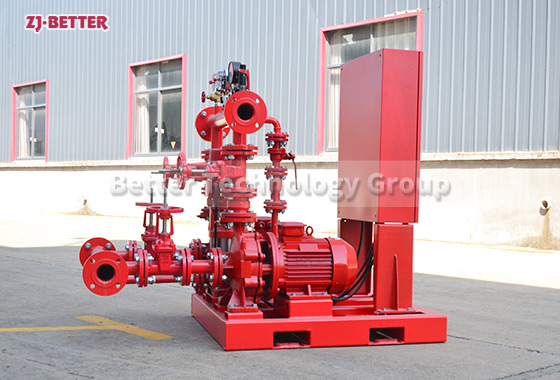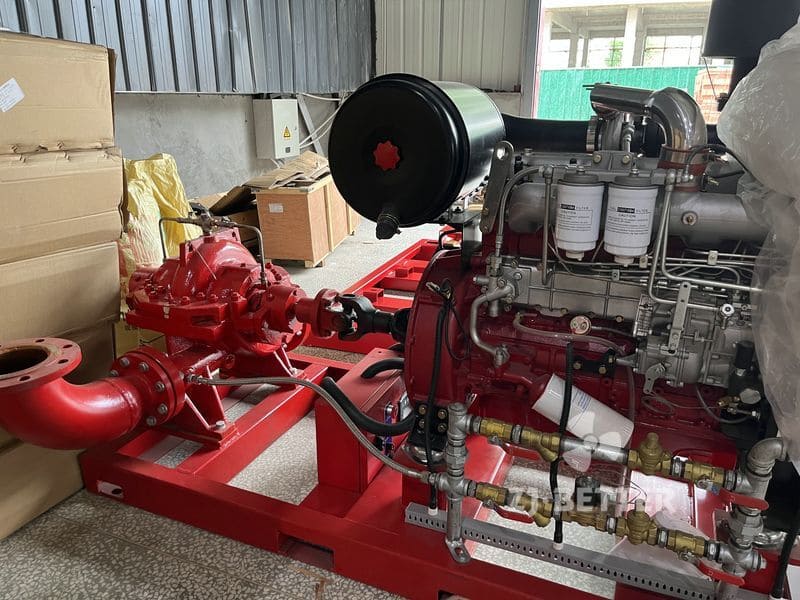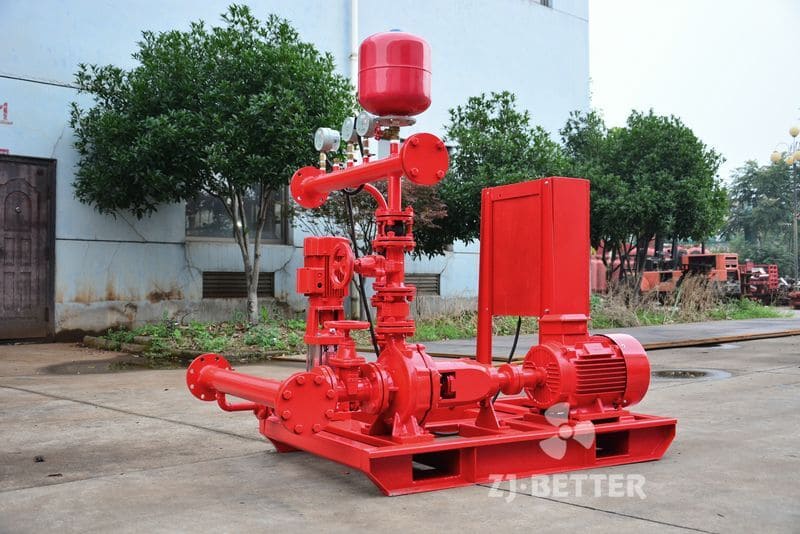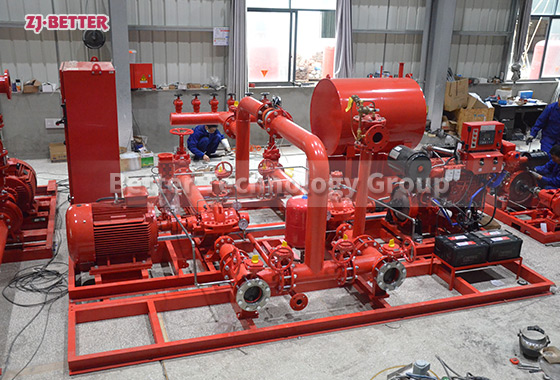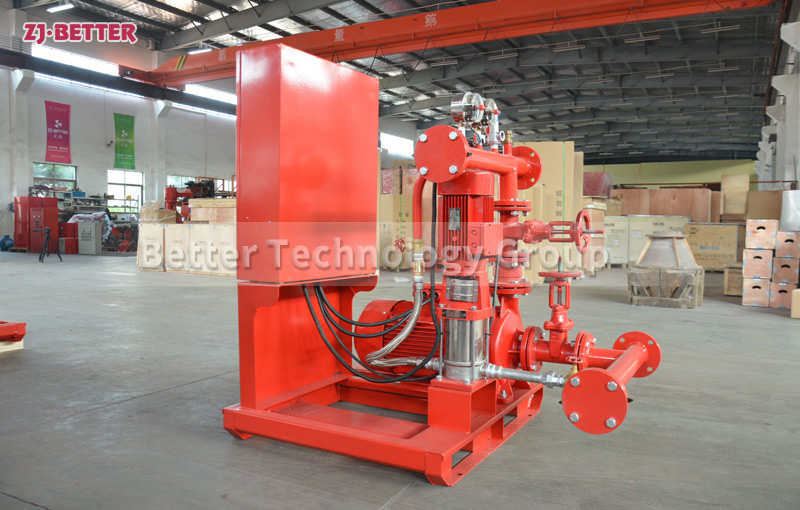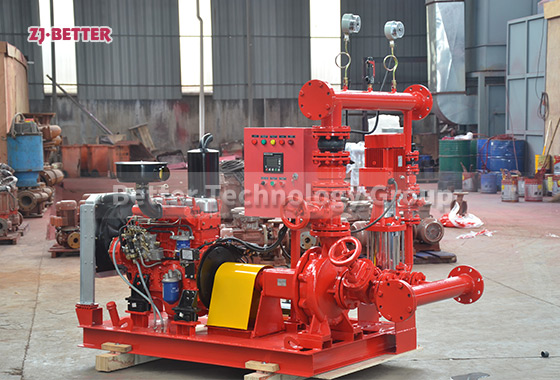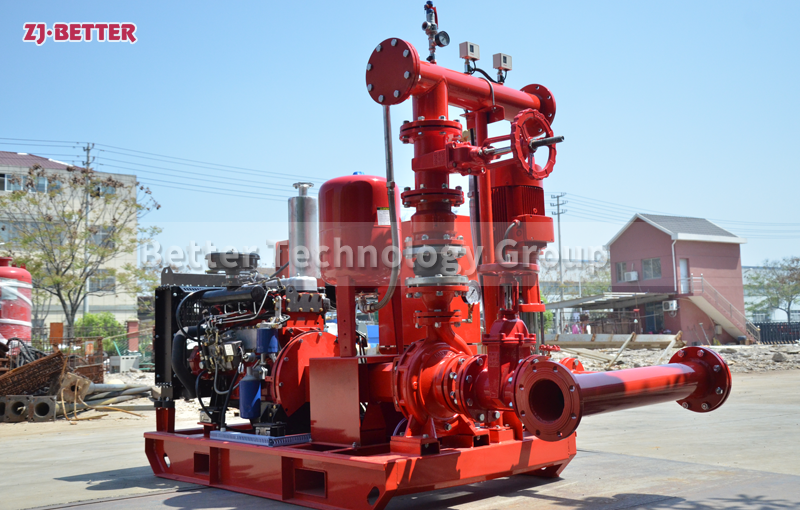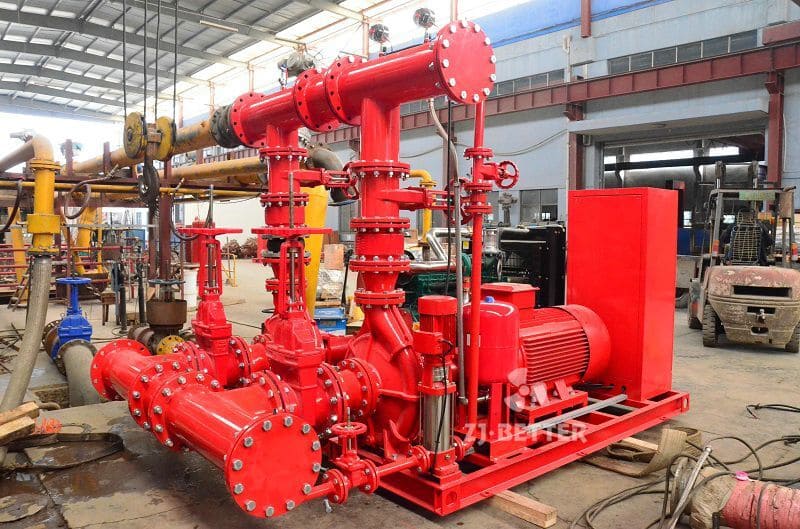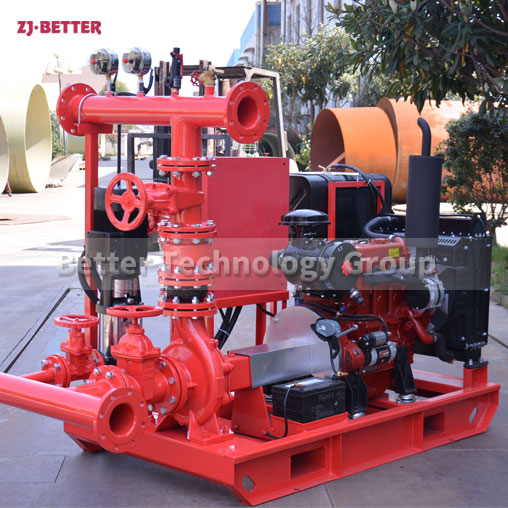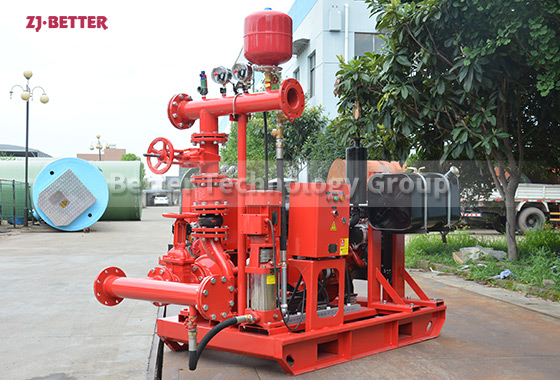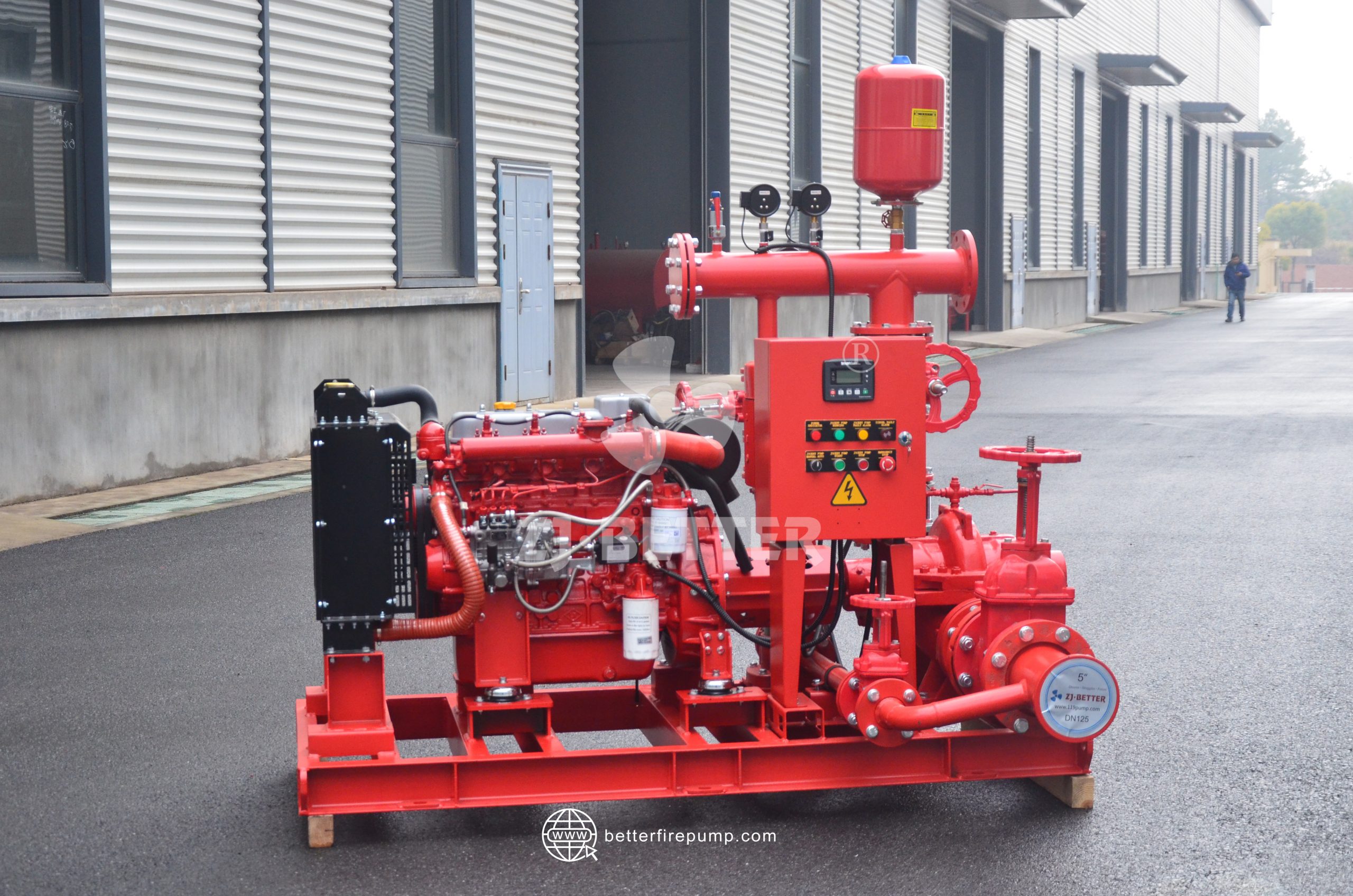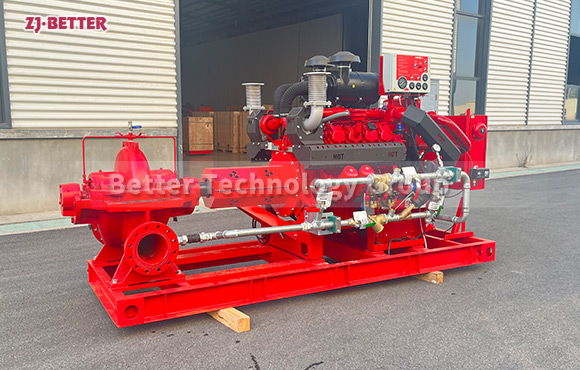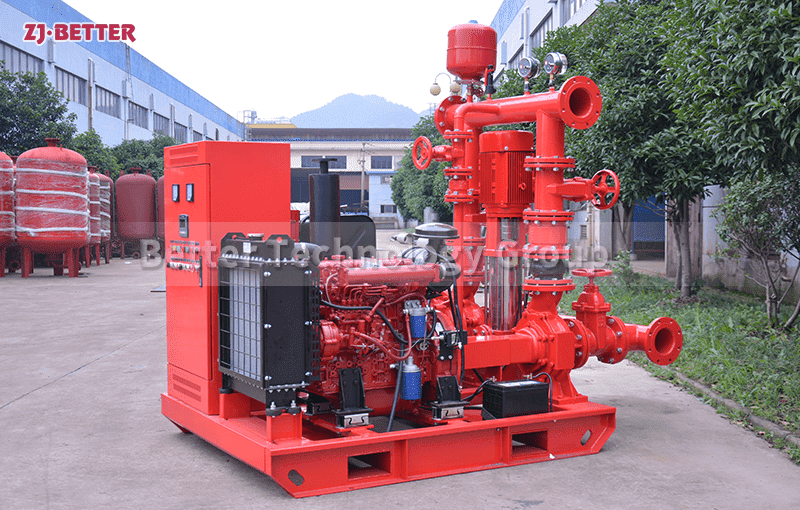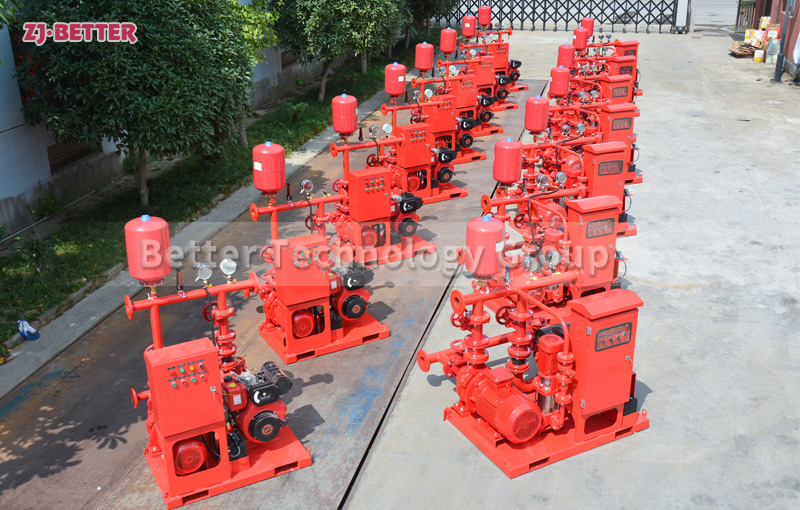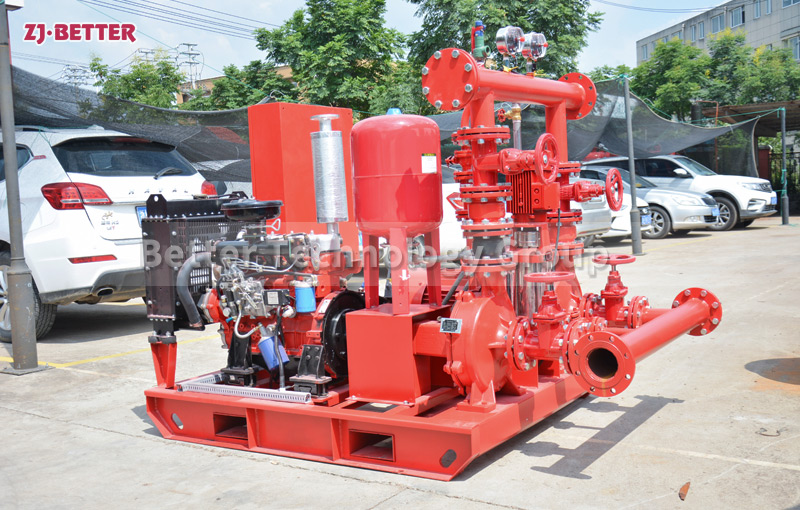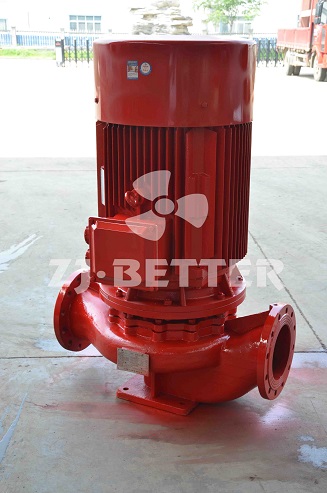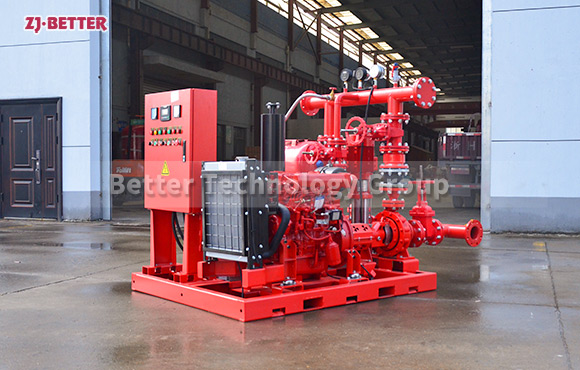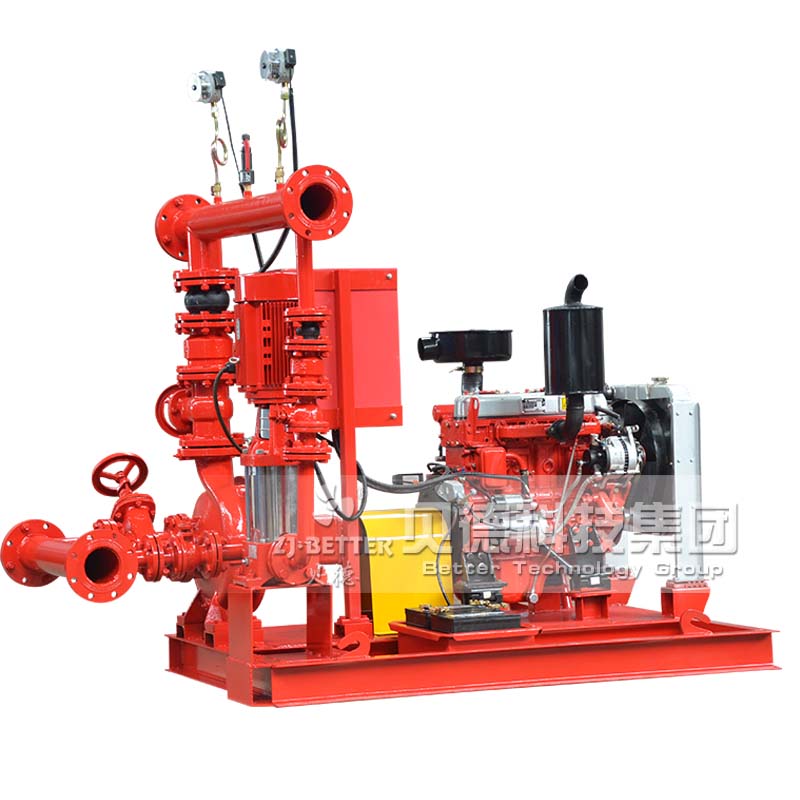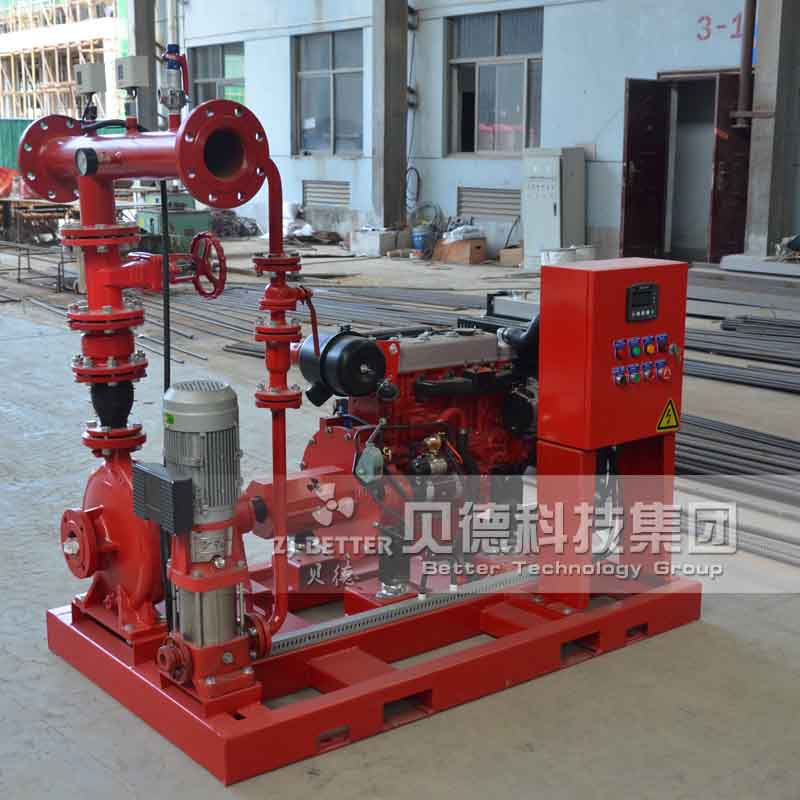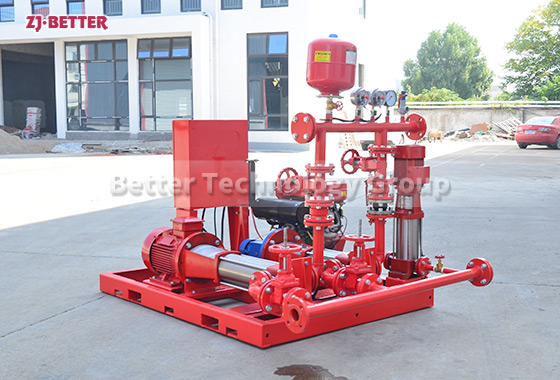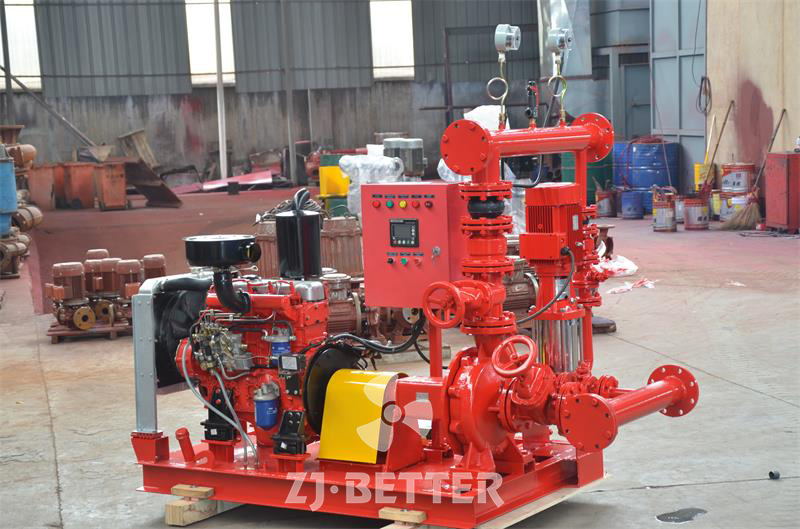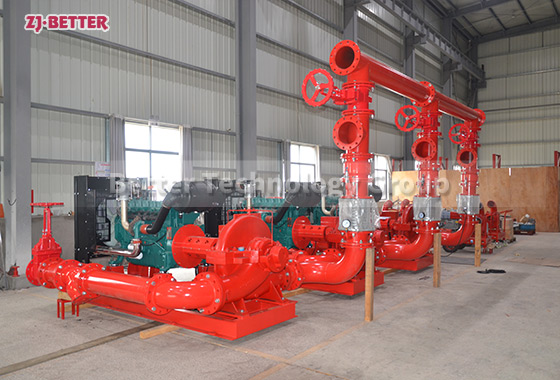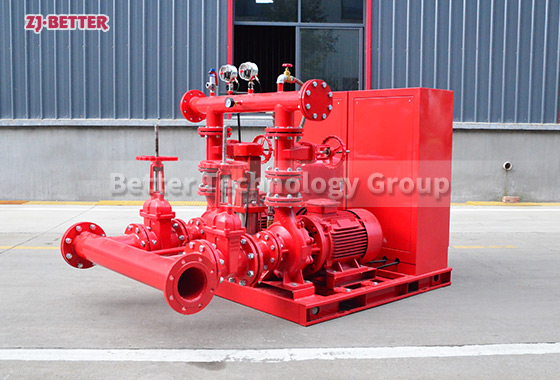Are the most important parameters of fire pumps flow and head or flow and pressure?
Answer: First of all, we must understand the relationship between pressure and lift: pressure = liquid density * g * lift (g = 0.981). In fact, the fire water pump can not only transport water, as long as the physical and chemical characteristics and water liquid are fine, but most of them transport water in daily life. The density of water is 1 ton per cubic meter. It can be obtained from the above formula : Pressure=1000*0.981*lift, pressure=0.981*lift, at this time the pressure and lift are almost the same, so whether we refer to lift or pressure, it can basically be regarded as a parameter.
Answer: First of all, we must understand the relationship between pressure and lift: pressure = liquid density * g * lift (g = 0.981). In fact, the fire water pump can not only transport water, as long as the physical and chemical characteristics and water liquid are fine, but most of them transport water in daily life. The density of water is 1 ton per cubic meter. It can be obtained from the above formula : Pressure=1000*0.981*lift, pressure=0.981*lift, at this time the pressure and lift are almost the same, so whether we refer to lift or pressure, it can basically be regarded as a parameter.


